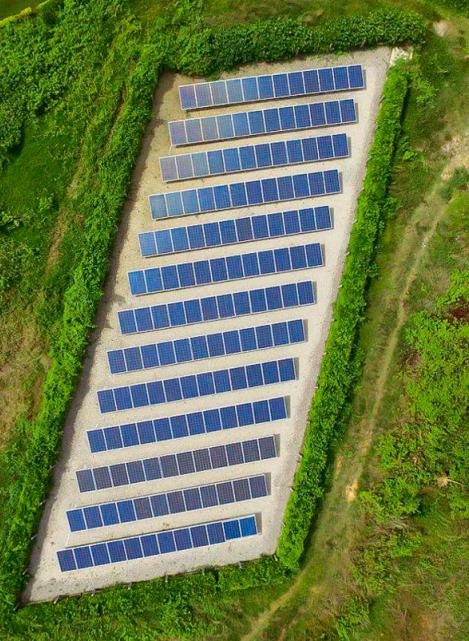As we draw closer to COP-26 in November, countries are pushing forward on their national climate pledges, also known as NDCs, in an effort to reduce national greenhouse gas emissions and adapt to climate change impacts.
To ensure these pledges don’t lose political impetus or priority, the Paris Agreement incorporated a mechanism called ‘Long-term Low Emission Development Strategies’ (LTSs). These allow countries to present their low carbon development vision using a planning timeline of several decades. LTSs typically extend to mid-century, as required by the Paris Agreement.
Although considerable resources are required to develop an LTS, 32 have been officially submitted to UNFCCC and at least 50 others are under development. The benefits are significant, and countries are prioritizing LTSs as they support the NDCs. Fiji outlined emission reduction targets in its 2018-2050 LTS that are reinforced in its recently updated NDC, which has a 2030 timeframe. In doing so, it has aligned its shorter-term planning with long-term strategy.
How do Low Emission Development Strategies benefit countries?
These long-term strategies serve as a compass – they provide each country with an opportunity to present their plan to become a low-emission economy. It’s a way for countries to commit to goals like decoupling economic growth from fossil fuel use, while also pursuing Sustainable Development Goals (SDGs). This can have broad implications in areas such as health, education, energy access and new employment opportunities.
An LTS can also play a key role as countries are increasingly making ambitious Net Zero or Carbon Neutrality commitments, typically by 2050. These ambitious commitments aim to balance greenhouse gas emissions with their removals from the atmosphere or to eliminate emissions. However, to date, little to no detail has been provided on how these commitments will be realized, so LTSs and NDCs provide an extra layer of detail to chart this path. Together, long-term climate and development planning through LTSs and Net Zero/Carbon Neutrality commitments work together with NDCs to drive national development agendas.
LTSs provide other benefits:
- They set long-term goals for short- and medium-term climate and development policies and strategies, such as the NDCs. Developing NDCs with the goal of achieving LTS targets, by prioritizing measures with longer term impacts or benefits, will help countries meet their climate ambition; and
- They play an important role for a country’s economy by providing clear, long-term signals that can strengthen the environment for private and public sector investment.

 Locations
Locations

